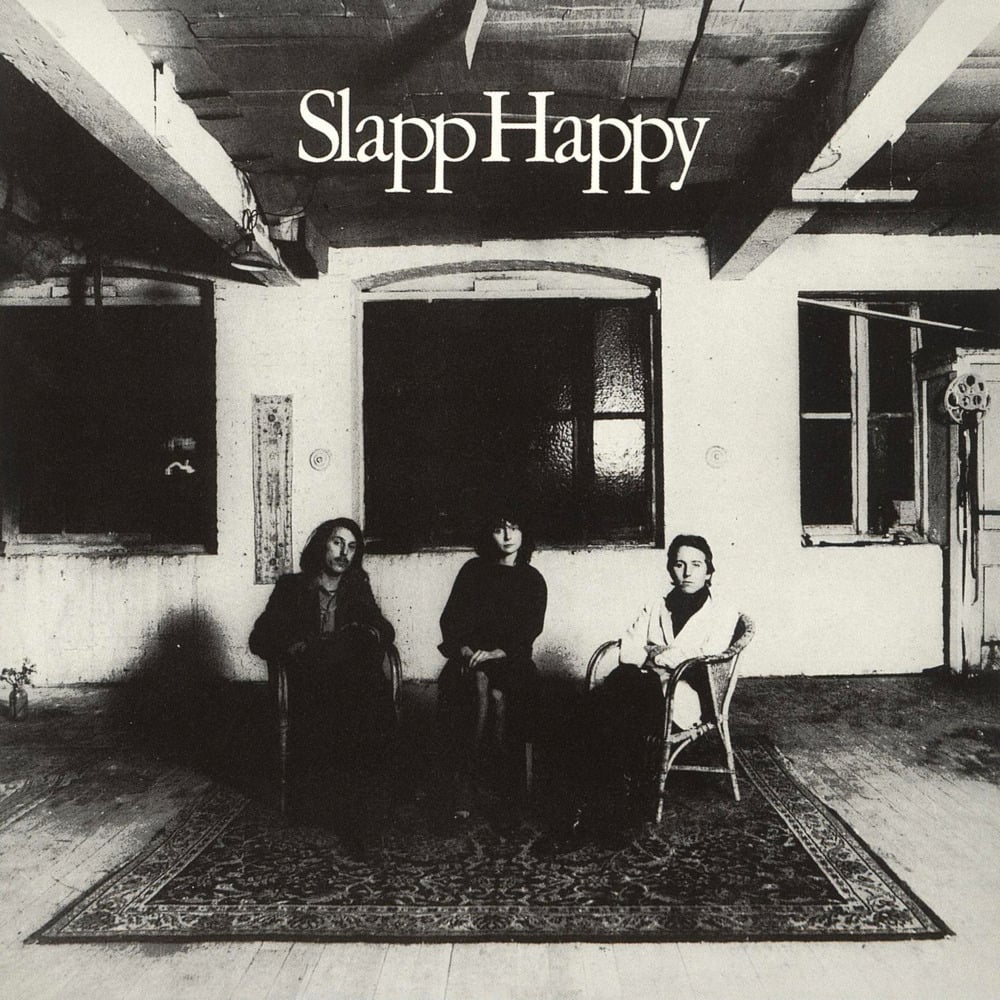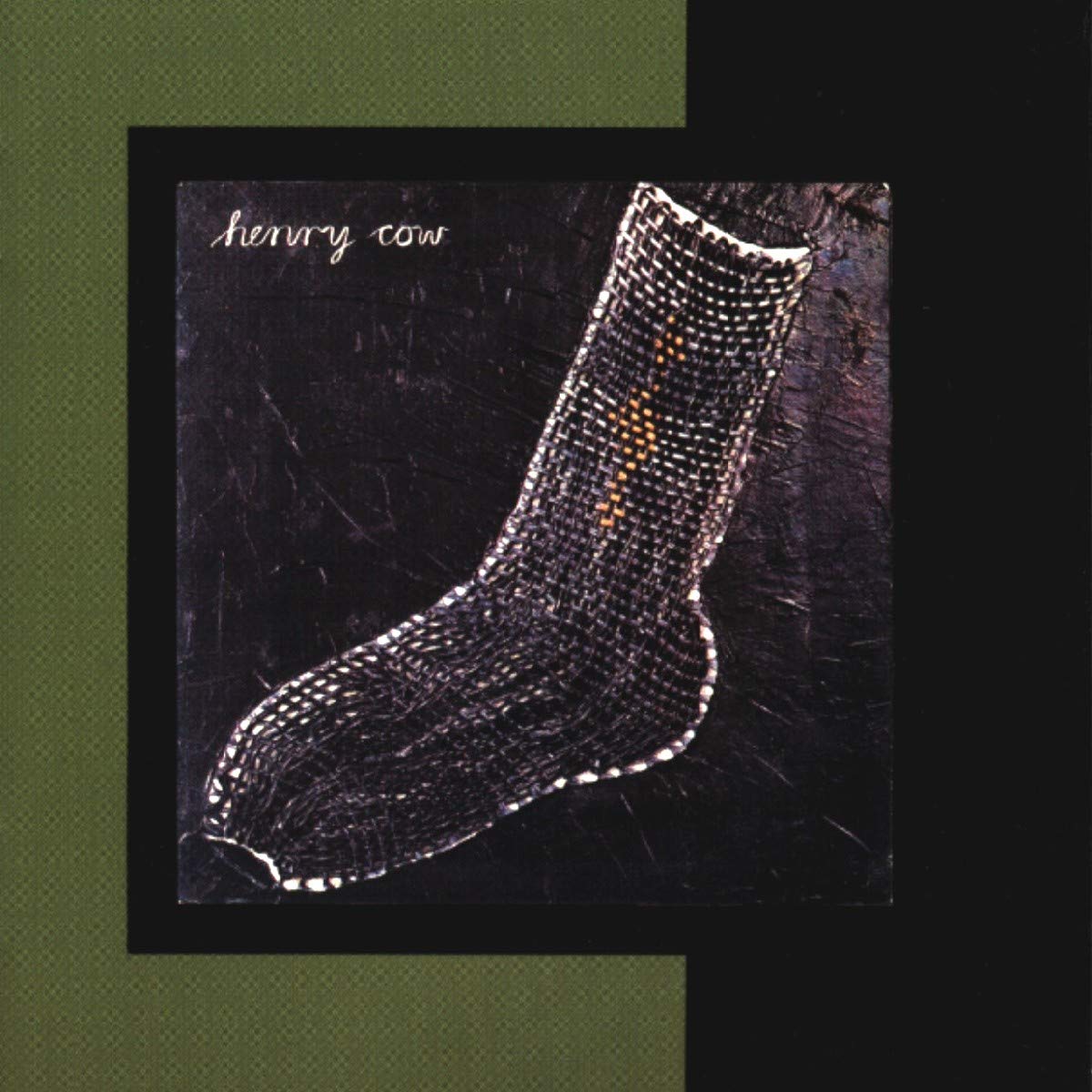Fifty Year Friday: May 1974

David Bowie: Diamond Dogs
Released on May 24, 1974, Diamond Dogs is a further testament to Bowie’s ability to evolve his musical vocabulary and associated lyrics to stay on the leading edge of rock music relevancy. The album is generally darker and more detached than Aladdin Sane, more dramatic and gritty, providing a new urban-influenced glam that effectively provides a novel combination of alienation, bleakness and soulfulness. Two particularly notable tracks include “1984”, one of several of the songs redeployed from Bowie’s earlier effort at crafting a musical from Orwell’s 1984, and the incessantly inescapable 4/4, punk-influenced (and punk influencing) “Rebel, Rebel.”

Sparks: Kimono My House
Released on May 1, 1974, with the album title slyly referencing the David Seville/William Saroyan song, “Come On a My House”, Kimona My House is one of the great art-rock classics of the 1970s successfully blending glam and baroque-like progressive rock elements together to create a unique and impressive work. The music is quirky but easily accessible, and the combination of Russel Mael’s upper range vocals, and Ron Mael’s innovative composition, lyrics and arrangements bring this to the level approaching Queen’s upcoming albums (Killer Queen and Night and the Opera.) This is the Sparks first big success, but with the passage of time has not been given the weight it deserves in the canon of rock classics despite being one of those rare albums that transcends all stylistic and genre categories, while also being one of the most enjoyable works of its time. If you haven’t yet give this a listen, you will be in for a treat once you do!

Slapp Happy: Slapp Happy (aka Casablanca Moon)
Released in May of 1974, with this, their second album, the trio of Dagmar Krause, Peter Blegvad and Anthony Moore decide to seriously apply their talents to commercial music, and come up with an album both musically and lyrically impressive. The album was first recorded, with members of Faust adding bass, drums, and sax, for Polydor which rejected it, and then later re-recorded with Virgin records with new arrangements by Roger Wootton (of prog-folk band Comus) effectively using violin, trumpet, and saxophone (Geoff Leigh of Henry Cow) to further distinguish the original compositions. The original Polydor recording was rereleased in 1980, titled Noom Acnalbasac and the Virgin rendition is not only more interesting but much more effectively deploys Dagmar’s exquisite vocals, showcasing them in such a way that anticipates the female vocalists of some of the new wave bands. It’s worthwhile to have both albums to compare the two versions — both instructive and enjoyable!

Henry Cow: Unrest
Released May 27, 1974, Unrest is one of the finest examples of “avant-garde” progressive rock of the mid-seventies. The first side starts with a short angular, motivic instrumental from Fred Frith, “Bittern Storm Over Ulm”, cubistically based, so to speak, on the Yardbird’s “Got to Hurry,” showcasing Frith’s precision guitar work, followed by two miniature masterpieces, John Greaves’ “Half Asleep; Half Awake” with prepared piano, and Frith’s “Ruins” which rhythmically leverages the Fibonacci series, ala Béla Bartók, and takes advantage of multi-tracking editing with slowed down and sped up instrumental parts.
The introspective “Solemn Music” opens side two, followed by a little over 15 minutes of four tracks of highly creative, mostly improvised studio work that includes some tape manipulation, direct use of piano strings on “Arcades,” and some remarkable bassoon and oboe contributions from Lindsay Cooper. All in all, a fine album that significantly outshines most of the music produced in academic avante-garde circles at that time.

Rick Wakeman: Journey to the Center of the Earth
Recorded in January of 1974 and released on May 3, 1974, Rick Wakeman’s Journey to the Center of Earth is a musical retelling of Jules Verne’s classic story of three explorers’ journey into a forgotten subterranean world that included ancient humanoids and sea creatures. Wakeman engages the London Symphony Orchestra, the recently formed English Chamber Choir , a narrator, and a few bandmates to realize the forty-minute, single LP work. There are many fine moments due to Wakeman’s effectiveness at creating dramatic musical episodes — and also notable is the choir’s contributions to the battle between the prehistoric sea creatures, reminiscent of similar passages in 18th and early 19th century classical choral works.
If the whole effort doesn’t quite come together, that is remedied with Wakeman’s 2012 re-recording of the work which engages an additional vocalist who shares duties with the original, weaker vocalist from the original album. The newer 2012 recording includes additional material, but is most notable for its superior production, sound, and overall impact.